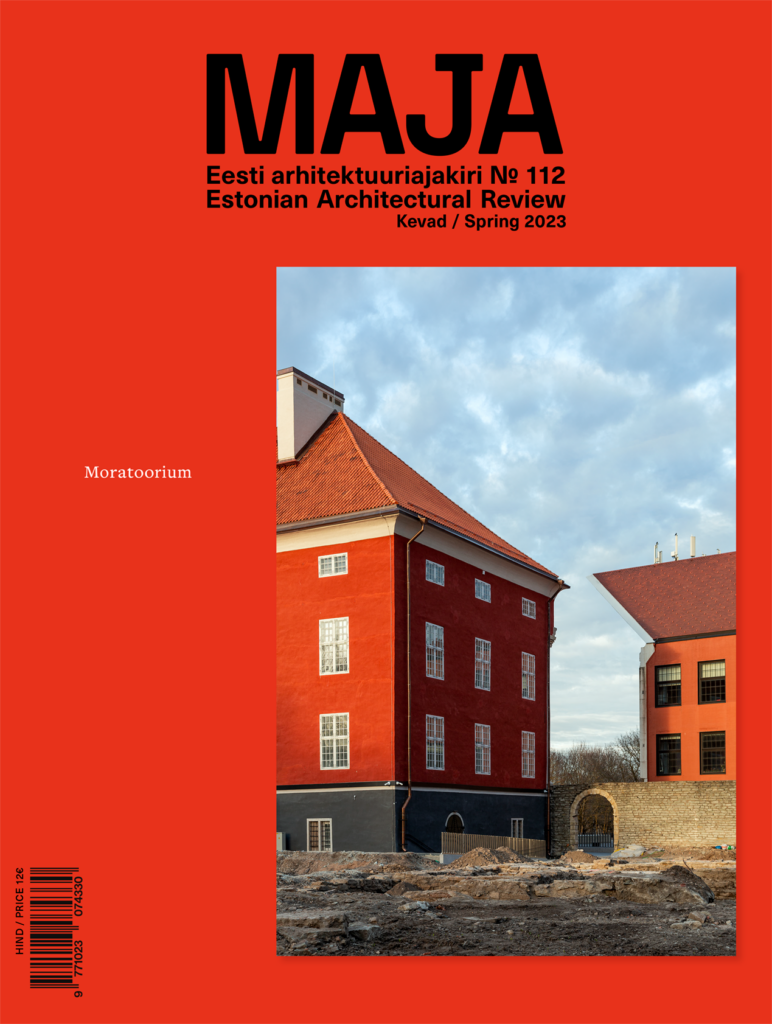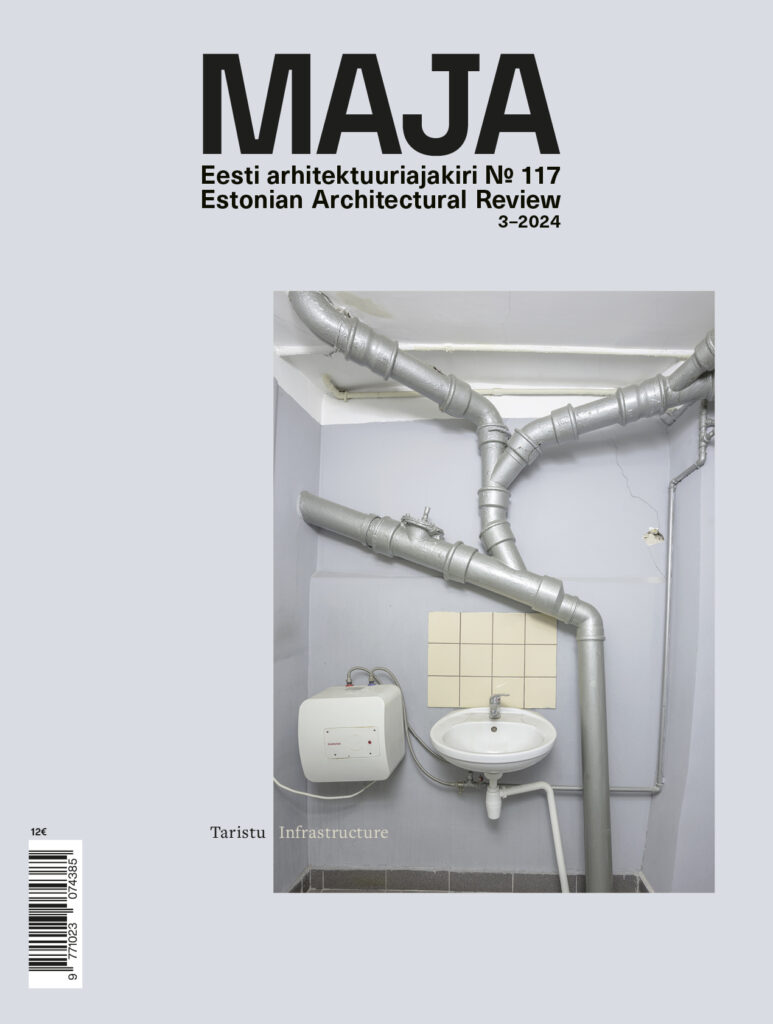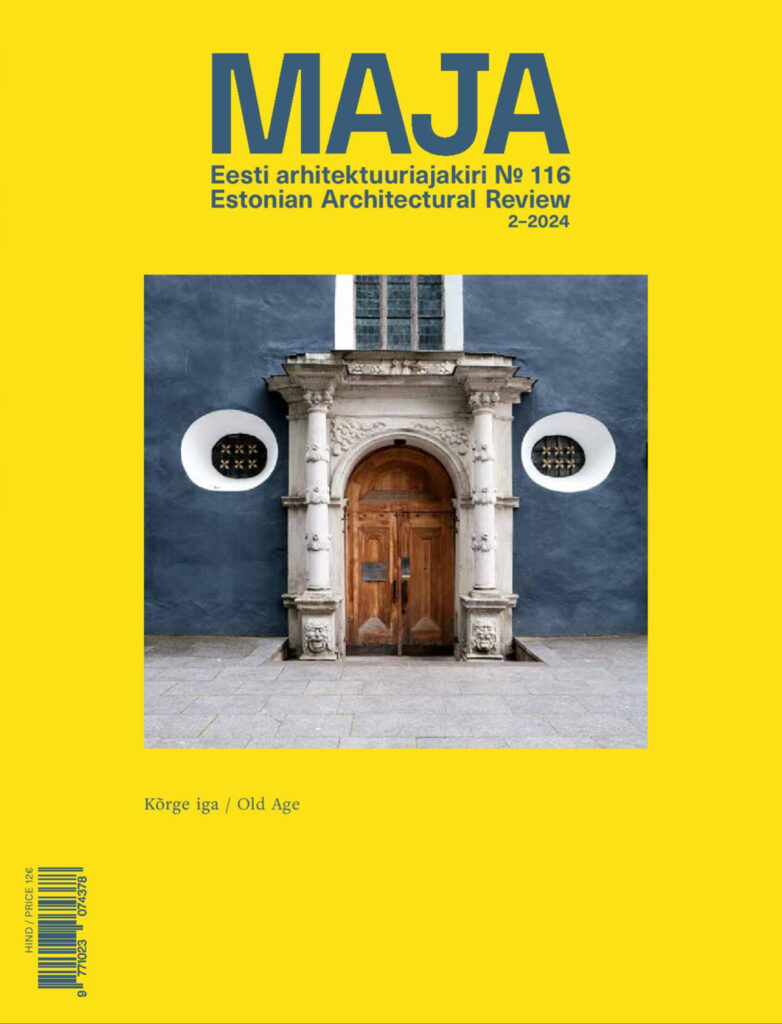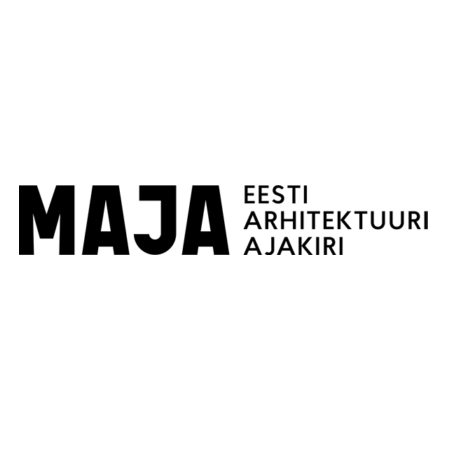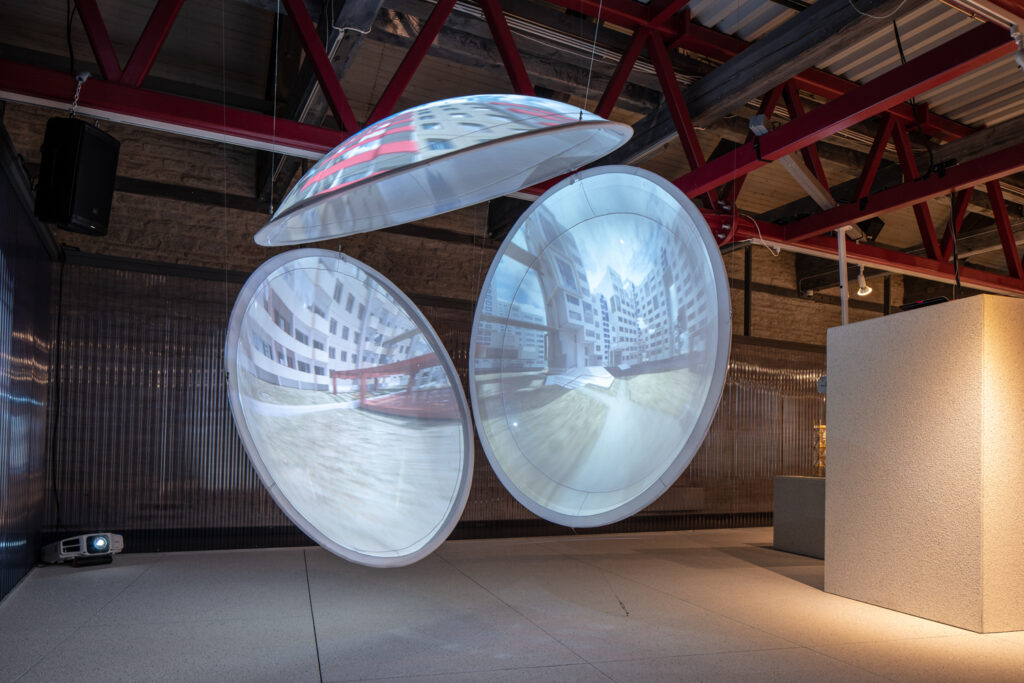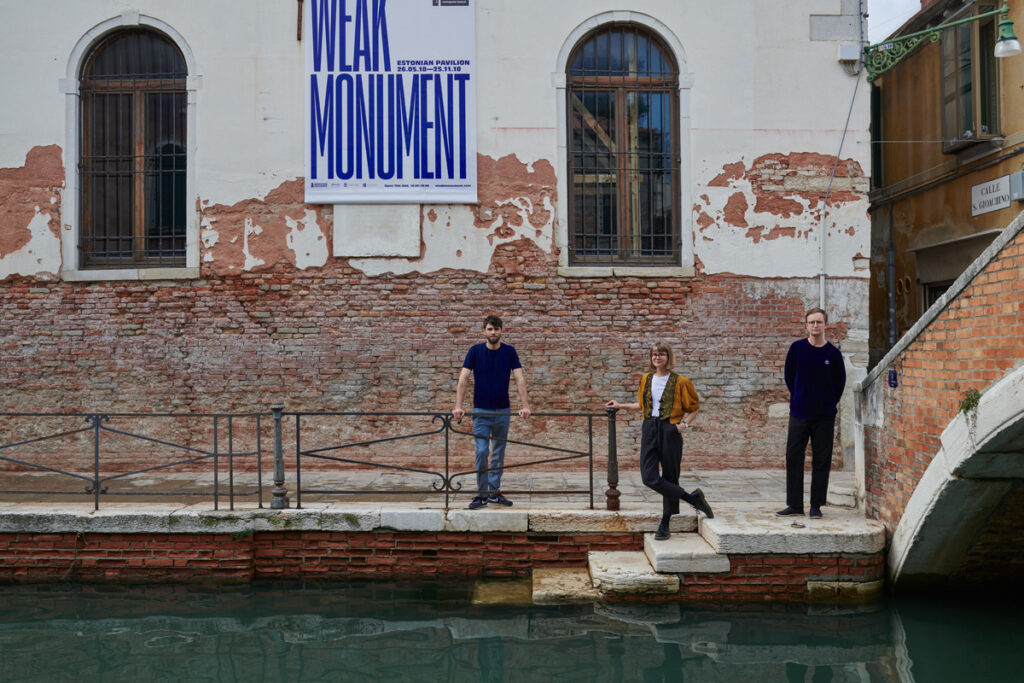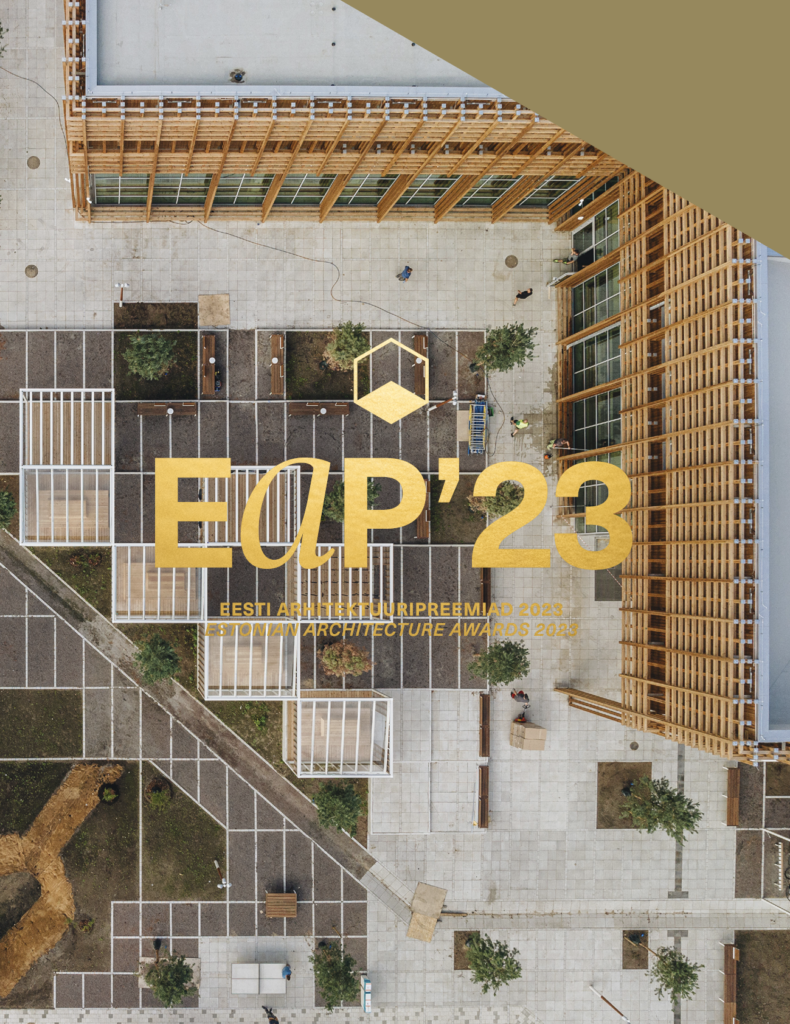Thinking through stone opens up a fresh perspective on construction culture (and the lack thereof), availability of local building materials and their untapped (economic) potential, and, ultimately, on building truly long-lasting buildings.
This issue of Maja takes the call for a moratorium on all new construction as its starting point.
These days, to be is to be connected. Electricity, heat, road and street networks, internet connections, and water supply—it is as if all these intersecting and sometimes overlapping networks have become basic human rights. If these networks function well, our dependence on them goes unnoticed—we rarely take a moment to acknowledge the energy that travels across the sky, through underground and underwater pipelines, through wall cables, into millions of devices. On the other hand, when something disrupts the functioning of these networks, be it military aggression by a tyrannical neighbour, a sharp rise in prices, or catastrophic weather events, the political, economic, ethical, and often also spatial dimensions of these structures suddenly become apparent.
Most people are more or less consciously preparing for old age, the most ordinary and nationally approved preparation consisting in accumulating money into pension funds. Are we opening Pandora’s box when we ask how and if these most common investment funds affect environmental and social developments now and in the near future?
The group exhibition, The Houses We Need at Estonian Museum of Architecture (11.06-21.11.2021) showcases 16 commissioned designs for houses ‘with the aim of ensuring a more beautiful, secure and peaceful future on planet Earth’.
Maja spring 2021 edition is on sale in Estonia. For subscriptions please contact info at ajakirimaja.ee
‘Weak Monument’ examines the effect and significance of architectural elements and pragmatic everyday architecture and describes how weak (and normally not material-intensive) architectural practice may become significant and give rise to something new.
No more posts


